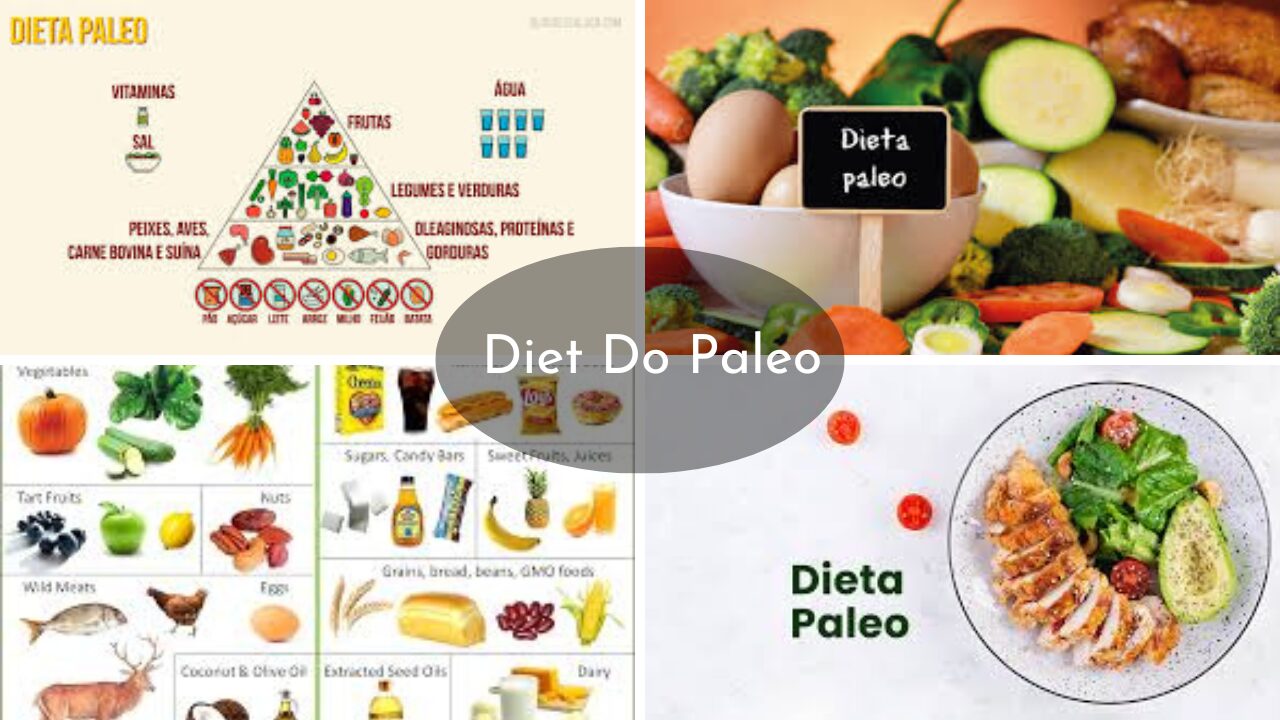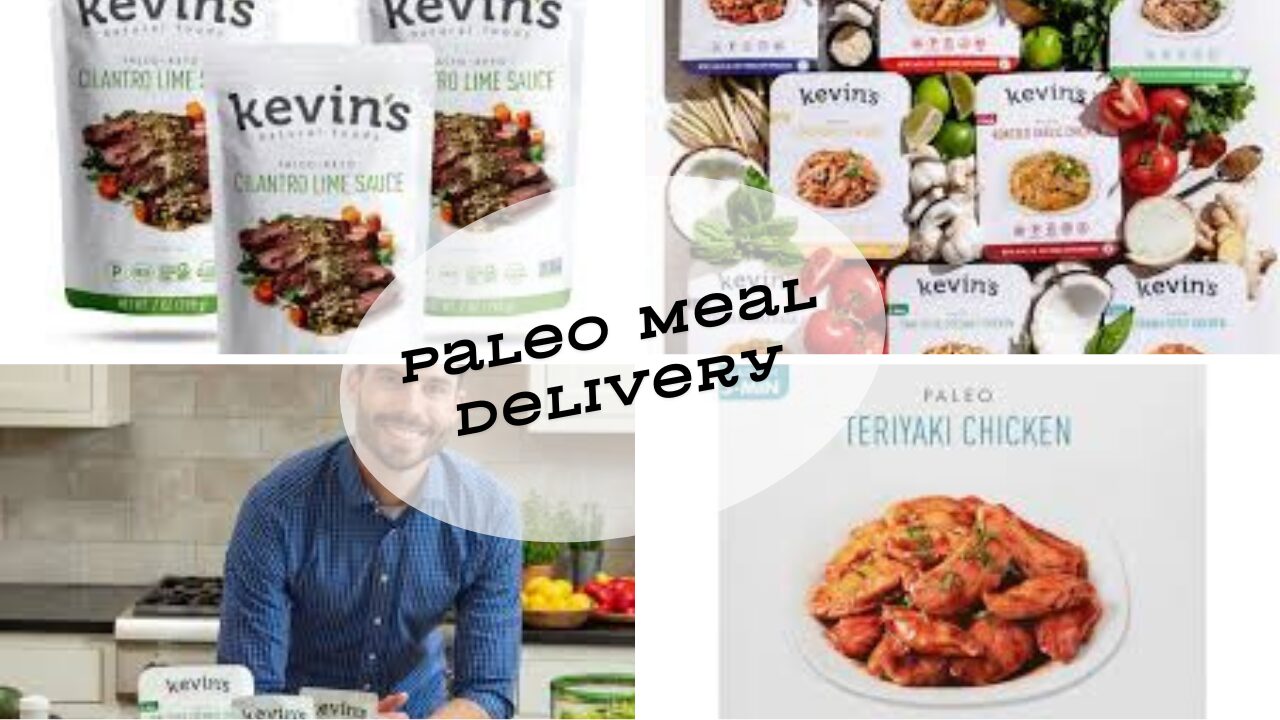The Autoimmune Protocol Diet (AIP) is a highly restrictive but beneficial dietary approach. This diet is aimed at reducing inflammation, pain, and several other symptoms. Symptoms that occur as a result of autoimmune diseases. such as lupus, celiac disease, and inflammatory bowel disease. Many people switched to this diet or suffered from these diseases. They have stated that they have seen an improvement in these symptoms and their overall health.
Whether you’re considering switching to this diet or already following it. You may be wondering what it’s like to eat out on the AIP. This article aims to guide you on how to dine out while following the AIP diet. Offering valuable tips and strategies for an enjoyable restaurant experience.
What is the Autoimmune Protocol Diet?
When someone has an autoimmune disease, their immune system mistakenly attacks healthy cells and tissues in the body. Leading to a range of debilitating symptoms like abdominal pain, fatigue, joint pain, and brain fog. Multiple factors, including stress, medication, infection, genetics, and even damage to the gut lining. These factors can contribute to the development of autoimmune diseases.
The AIP diet primarily focuses on mitigating the damage to the gut lining by avoiding foods that can exacerbate inflammation. It promotes the elimination of processed foods in favor of nutrient-dense, whole foods.
Foods to Avoid on the AIP Diet:
The AIP diet is seen to have many similarities to the paleo diet. The Paleo Diet is based on foods that humans would eat throughout the Stone Age. However, the AIP is known for being stricter, so many see it as an extension of this diet.
There are an array of foods to avoid, such as processed oils, and any foods that are cooked in these oils, such as canola oil, rapeseed, corn, cottonseed, palm kernel, soybean, and sunflower oils.
No processed sugars are allowed, nor are foods that contain them such as candies, frozen desserts, corn syrup, cane or beet sugar, and chocolate. Artificial sweeteners and food additives are also not recommended, such as food coloring, emulsifiers, thickeners, or stevia.
No eggs or dairy are allowed in this diet, and neither are nightshade vegetables such as eggplant, potatoes, and peppers.
Legumes such as lentils, beans (see also ‘Are Garbanzo Beans Paleo?‘), and peas should be avoided, as well as grains such as oats, barley, rice, and wheat.
What Can You Eat?
Autoimmune Protocol Diet focuses on nutritious whole foods that have not been processed. Vegetables are allowed, except for nightshades, as mentioned above.
Meat that has been minimally processed, such as poultry, seafood, and wild game. You should always ensure that the meat has been pasture-raised and grass-fed.
Fresh fruit is allowed, as well as probiotic-rich foods such as kimchi, kombucha, pickles, sauerkraut, and coconut kefir.
Oils are allowed as long as they have been minimally processed such as olive oil, avocado oil, and coconut oil.
Herbs and spices can also be added to foods as long as they have not come from a seed, and natural sweeteners are also encouraged, such as honey and maple syrup.
Bone broth is encouraged, and it is very nutrient-dense, and certain teas such as black and green teas are also allowed in moderation.
How To Dine Out On The Autoimmune Protocol Diet
Being aware of all the foods you shouldn’t eat on the AIP diet, may have you thinking that you shouldn’t dine out.
However, this is far from the truth, and you shouldn’t feel you need to miss out on eating at your favorite restaurants because of this diet.
While it may be rare for a restaurant menu to offer a meal that is 100% AIP-approved, you are likely to be able to mix and match a few things from the menu to create your perfect meal!
Choose The Restaurant Accordingly
If you do get to choose the restaurant, your safest bets are steakhouses and seafood restaurants.
Steak restaurants are likely to have higher-quality meats than diners for example, and they already serve that as their main component, so finding add-ons is super easy!
However, you do need to make sure that your steak is unseasoned and is cooked in olive oil as opposed to butter, as is the case in many steakhouses. With your steak, you can order a plain sweet potato and some steamed vegetables such as asparagus.
When it comes to seafood restaurants, you’ll be fine with anything that’s been grilled or steamed and has not been breaded, fried, or covered in butter. Asking for sides in these restaurants should also be pretty easy, just ask for some steamed veggies!
Call Ahead Of Time
If you know what restaurant you’re going to, it would be a good idea to call them up beforehand to let them know about your dietary requirements.
List all of your restricted foods, and tell them what kinds of food you can have. Restaurants want to give their customers a positive experience, and they want you to return, so never apologize for being an inconvenience.
It would also be beneficial to let them know what date and time you are going to be dining there.
Be Creative When It Comes To Fast Food
While fast food should generally be avoided, there may be times when it’s necessary.
If you can, try and order a side salad and ask them what kinds of dressing they provide. In order to be safe, ask for it without any dressing, or with just some olive oil.
When ordering meat such as chicken or a beef patty, request that it be cooked without oil, as fast food restaurants are likely to use cheap oils that are highly processed. It must also be cooked without any spices except for salt.
Ask for your burger to be made without the bun, and instead see if they can wrap it in lettuce for you.
As a side, see if they offer any veggie sticks or apple slices, and when it comes to your drink, refrain from ordering any sodas, and opt for an unsweetened iced tea.
Final Thoughts
In conclusion, managing dining out on the Autoimmune Protocol (AIP) Diet involves preparation and creativity. Selecting the right restaurant and communicating your dietary needs ensures an enjoyable experience in line with your health goals. Steakhouses and seafood places are excellent choices. Even fast food can be adapted to fit AIP guidelines. With these strategies, you can maintain dietary discipline while on the Autoimmune Protocol Diet.







This Post Has 3 Comments
Pingback: Fat Burning Meals For Belly Fat | 40 Fat Burning Foods List!
Pingback: Saturated Fat Myth: Truth About 11 Fat Myths | Weight Loss FAQ!
Pingback: Mental Well Being | Connection Between Mind and Health!